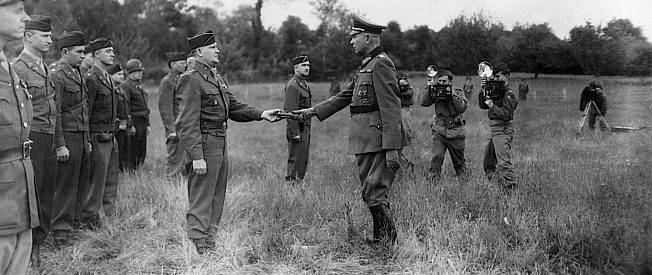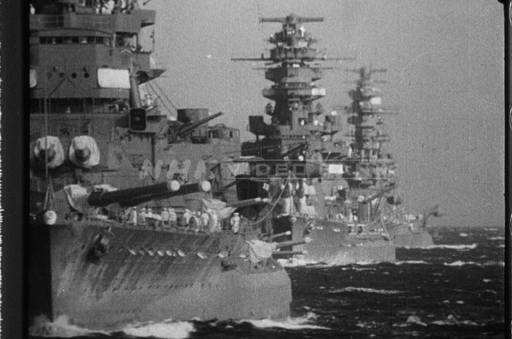

Why was the Soviet Union allowed to keep territorial gains after World War 2? The Soviet Union was allowed to keep its territorial gains after World War II due to a combination of military, political, and diplomatic factors that emerged during and immediately after the conflict. Here are some key reasons:
Military Occupation and Power:
By the end of World War II, the Soviet Union had occupied much of Eastern Europe through its advances against Nazi Germany. The Red Army’s presence in these territories made it difficult for Western Allies to contest Soviet control without risking another major conflict.
Agreements Among Allies:
During the war, the Allies (primarily the United States, the United Kingdom, and the Soviet Union) held several conferences to plan post-war Europe, including the Yalta Conference in February 1945. At these meetings, spheres of influence were discussed and agreed upon, leading to the acceptance of Soviet control over Eastern Europe. The Western Allies, particularly the U.S. and the U.K., prioritized maintaining the Grand Alliance and securing Soviet cooperation in the final defeat of Germany and the subsequent occupation and administration of post-war Germany.
Strategic Considerations:
The Western Allies recognized the importance of Soviet participation in the United Nations and other post-war international organizations. Ensuring Soviet cooperation was seen as crucial for the establishment of a stable post-war order.
Recognition of Realpolitik:
The realities of power and the presence of Soviet forces on the ground led to a pragmatic acceptance of Soviet territorial gains. The Western Allies were focused on rebuilding their own countries and managing their colonial empires, and were not in a position to challenge the Soviet Union’s control over Eastern Europe effectively.
Cold War Dynamics:
As the Cold War began to take shape, both the Soviet Union and the Western Allies consolidated their respective spheres of influence. The Soviet Union’s control over Eastern Europe became a central aspect of the emerging bipolar world order, leading to the division of Europe into Eastern and Western blocs.
These factors combined to result in the post-war territorial arrangements that allowed the Soviet Union to keep its gains, shaping the geopolitical landscape of the Cold War era.




